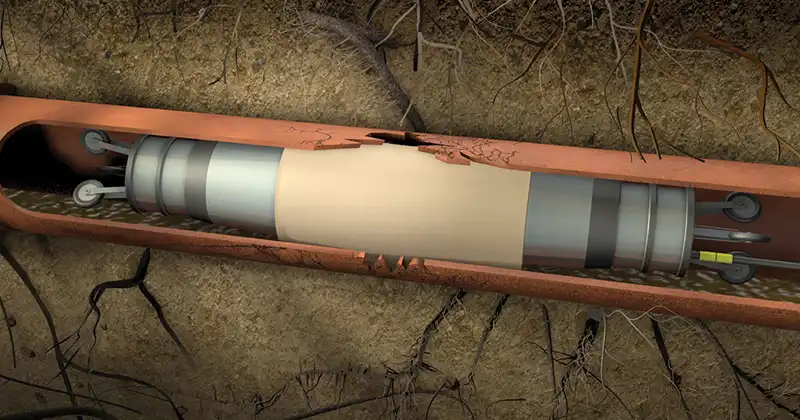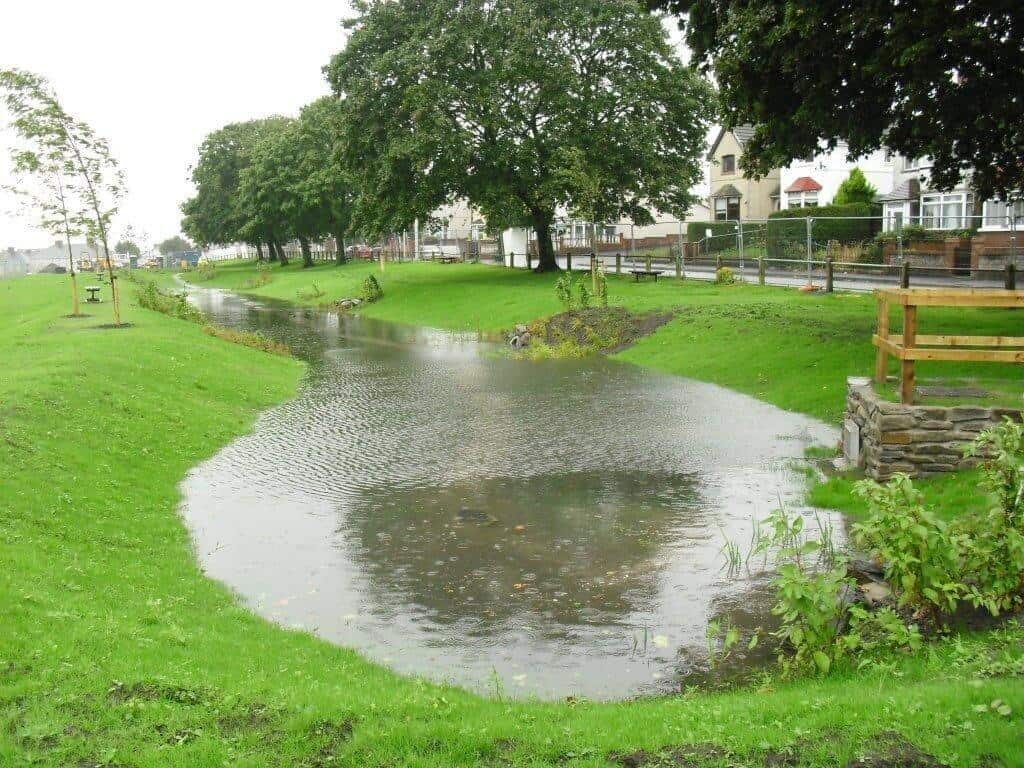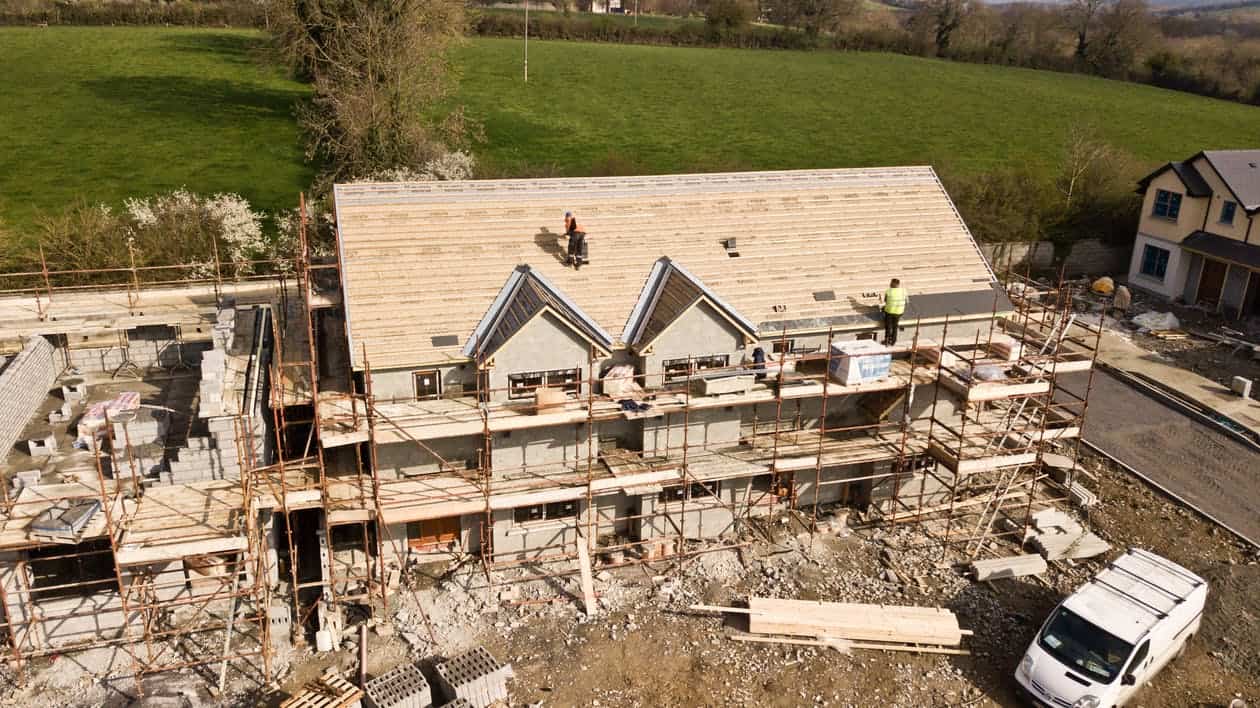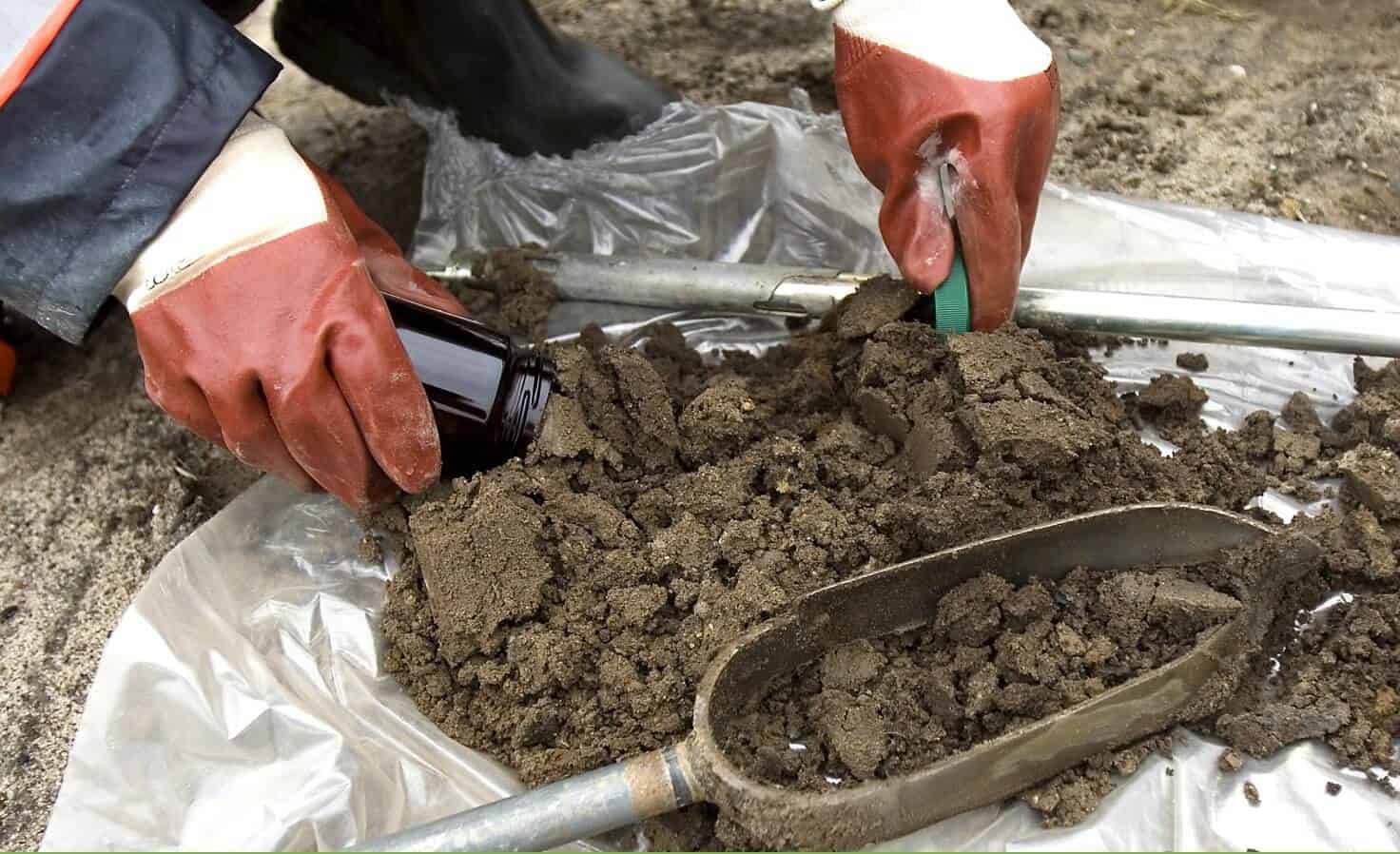It’s not about claiming to know it all. Rather, it’s a testament to our belief in the transformative power of data. After all, the quality of decisions is directly linked to the quality of the data that informs them.
At Clever Works, our work goes beyond just surveying or unblocking drains. We’re committed to unlocking the potential of data-driven decision making in the drainage industry. When we encounter a problem, our approach isn’t limited to just fixing it. We delve deeper, asking ‘why did this happen?’ and ‘how can we prevent it in the future?’
We view drainage issues as opportunities – opportunities to learn, to innovate, and to improve. We’re not content with just maintaining the status quo; we’re actively challenging it.
 01932 544 095
01932 544 095 






